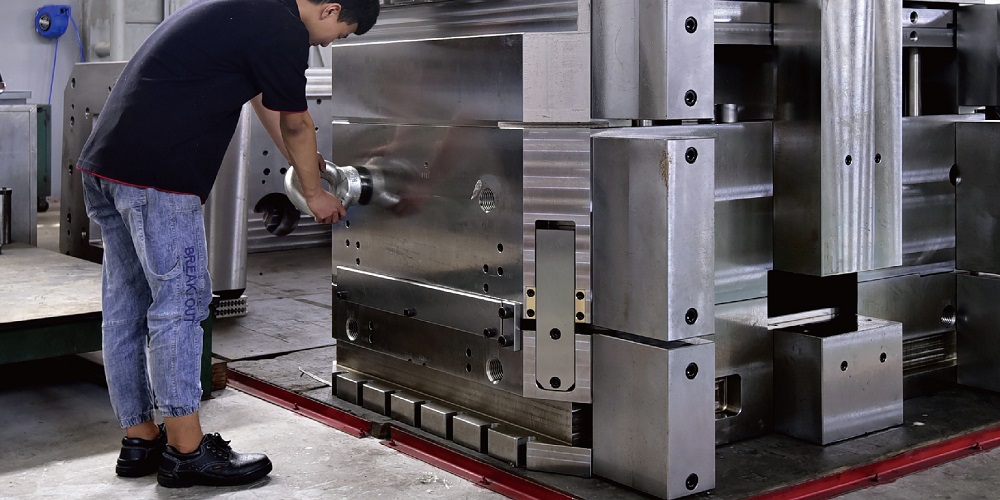Vacuum die casting is a specialized technique that has several benefits over conventional die casting techniques. Using a vacuum to remove air and other gases from the mold cavity before casting produces superior castings with better surface polish and mechanical qualities. In this article, you’ll go into more depth about the benefits of the vacuum casting process. Continue reading the blog will help you understand vacuum die casting better.
Improved quality and consistency
The enhanced quality and consistency of the cast objects are one of the main benefits of vacuum die casting. By removing trapped air and other gases, the vacuum process aids in preventing casting flaws such as porosity, shrinkage, and voids. Castings made as a result have better mechanical qualities, tighter dimensional tolerances, and castings with higher integrity and improved surface finish.
Reduced porosity
Porosity, a frequent flaw in conventional die casting, is particularly well-reduced by vacuum die casting. Gas pockets trapped within the casting can damage its structural integrity and weaken its mechanical qualities, which causes porosity. Removing these gas pockets during the vacuum process produces a higher-quality casting with increased strength and durability.
Increased yield and reduced waste
Moreover, vacuum die casting can boost output and decrease wastage during the casting process. This procedure aids in making sure that the molten metal fills the whole cavity and hardens evenly by eliminating air and other gases from the mold cavity. This lowers the possibility of partial fill or other flaws that could cause castings to be rejected, increasing yield and decreasing waste.
Improved surface finish
The enhanced surface smoothness of the castings is another benefit of vacuum die casting. The vacuum procedure aids in the removal of any gases and trapped air that could result in surface flaws, including blisters, bubbles, and other faults. This enhances the casting’s overall appearance and produces a smoother, more uniform surface finish that requires less post-casting processing.
Improved mechanical properties
Vacuum die casting also results in castings with improved mechanical properties. Eliminating trapped gases and other defects results in a more homogeneous structure that is stronger, more ductile, and more resistant to fatigue and cracking. This makes vacuum die casting an ideal choice for applications where high-strength, high-durability components are required.
Increased design flexibility
Vacuum die casting also offers increased design flexibility, as it allows for the production of more complex shapes and features than traditional die casting. The vacuum process helps to eliminate trapped air and other gases that can limit the complexity of the casting, allowing for the production of intricate designs with more precise tolerances.
Conclusion
In conclusion, vacuum die casting offers several advantages over traditional die casting methods, including improved quality and consistency, reduced porosity, increased yield and reduced waste, improved surface finish, improved mechanical properties, and increased design flexibility. These benefits make vacuum die casting ideal for various applications, from aerospace and automotive components to medical devices and consumer products. Vacuum die casting may be the ideal solution for your needs if you are looking for high-quality, reliable castings with improved performance and durability.
